Mostar – Unique UNESCO Treasure
The Gem of Bosnia & Herzegovina...
Mostar
Mostar was named after the bridge keepers (mostari) who in the medieval times guarded the Stari Most (Old Bridge) over the Neretva. The Old Bridge, built by the Ottomans in the 16th century, is one of Bosnia and Herzegovina’s most recognizable landmarks and is considered one of the most exemplary pieces of Islamic architecture in the Balkans. Mostar’s Old Town is a UNESCO World Heritage Site. The link to Old Town page.
From CONDÉ NAST Traveler: Mostar among the most underrated European cities. Read the CONDÉ NAST Traveler article here.
From Wanderlust Travel Magazine: Mostar in top 10 most desirable cities in Europe. Read the TimeOut article here.

The Old Bridge is accompanied by two guard towers, one on each side. The two towers soar as architectural buttresses of the bridge itself, and seem to be stone guardians controlling the way. On the east bank rises the semi-circular Tara Tower, a deposit for ammunition in the Ottoman era and, today, seat of the Museum of the Old Bridge. The Halebija Tower, on the west side, was once the prison on its lower floors, and small barracks on its upper floors, also used as a look-out post. Behind the Tara, on the left bank of the Neretva River, is the Herceguša Tower, built in the first half of the 15th century.

In Mostar, the real daredevils throw themselves straight off the parapet of the Old Bridge, dropping over 20m straight into the icy waters of the River Neretva. It’s a tradition dating back long before the 1990s war which saw the bridge bombed to rubble. The bridge was painstakingly rebuilt in 2004, recreating the swooping stone arch of the 1567 original.

At dusk, the lights of numerous cafes and restaurants twinkle across surface of the river below. Narrow gold alley bustles joyously with souvenir sellers. And in between, the Europe’s most celebrated bridge forms a majestic stone arc between reincarnated medieval towers. It’s an enchanting scene. Do stay into the evening to see it without the
summer hordes of day trippers. Indeed, stay longer to enjoy memorable attractions in the surrounding area.
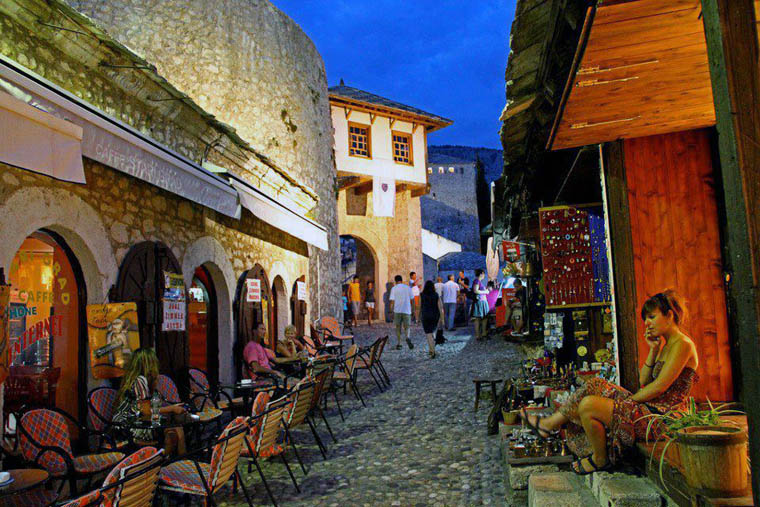
The Ottomans helped build a Catholic church in 1866. The church was destroyed during the 1992 war and the new, larger structure was erected in 2000 on the foundations of the previous building. The Complex is also proud of its library with its prestigious 50,000 ancient volumes of both the Western and Eastern worlds, and an important art collection with works of Italian Masters of the 16th and 17th centuries.

Orthodox Cathedral in Mostar was formerly known as Cathedral Church Eparchy of Zahumlje and Herzegovina, as part of the Serbian Orthodox Church in the period from 1873 to 1992. It was the largest Orthodox church in the Balkans through the end of the 19th century. It was built in 1873 and was one of the symbols of the city of Mostar. The temple was completely destroyed in the war of 1992. It is currently under reconstruction, scheduled to open in 2019.

Another important monument belonging to the prolific Ottoman period is the Clock Tower standing beside the Herzegovina Museum. This square tower, dated about 1630 and is 15 meters high.
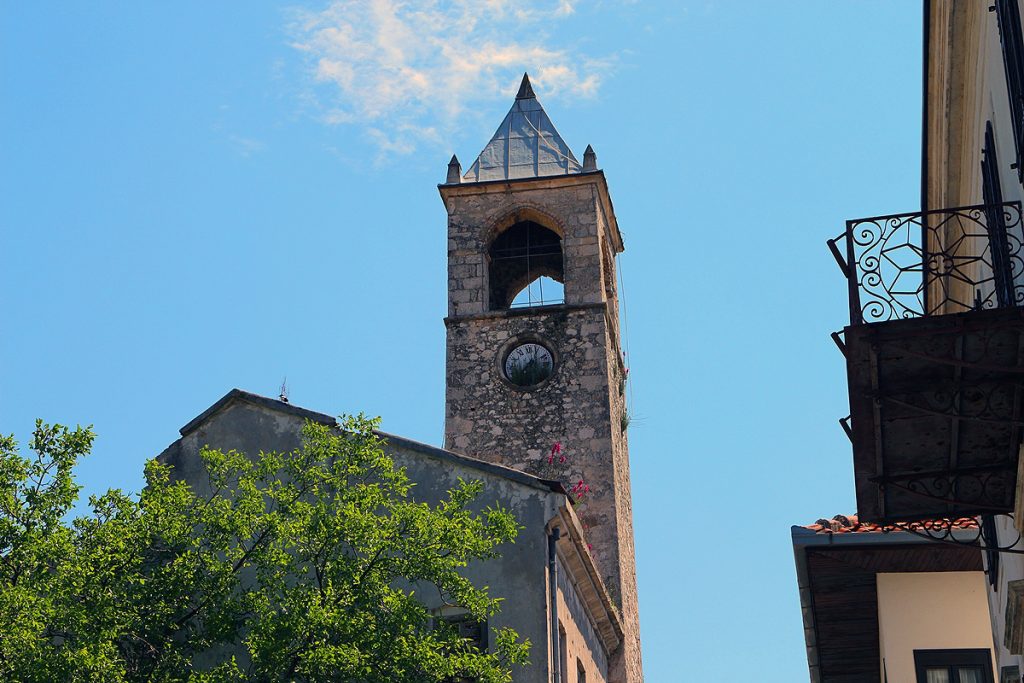
Near the confluence of Neretva and Radobolja River, in the proximity of the Old Bridge, stands the Crooked Bridge, a miniature version of The Old Bridge. Built in 1558, eight years prior to the more famous Old Bridge, it is believed to have been built as a trial attempt for the Old Bridge. Destroyed in 2001 by the river flooding, it has recently been rebuilt.
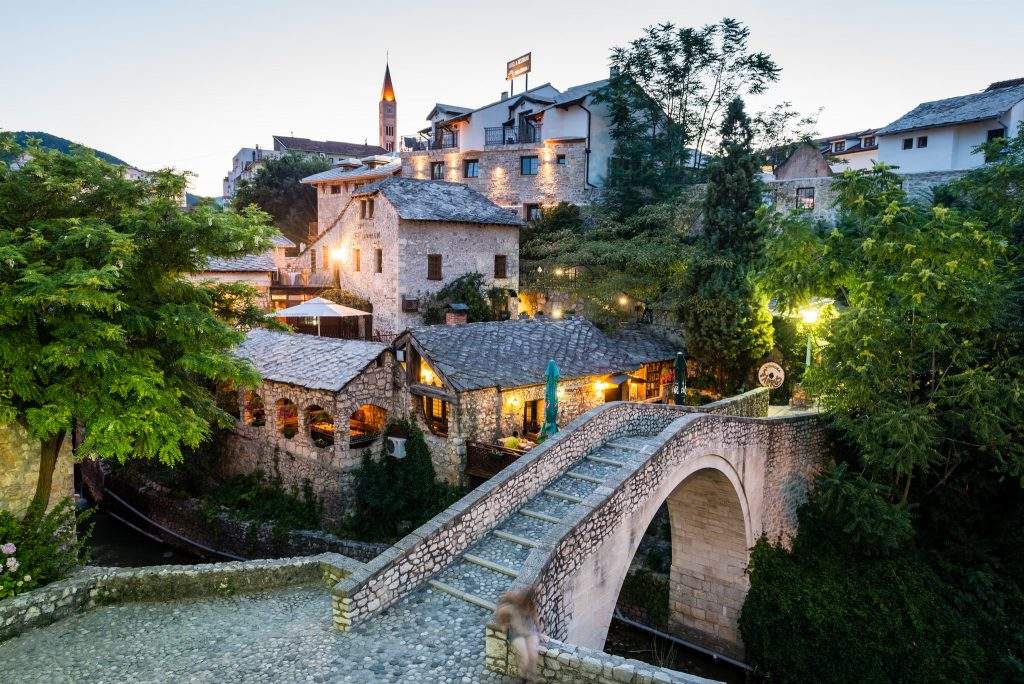
The remains of the Basilica in Crkvine, Cim, from early Christianity represent the most significant archeological site from this period. Besides the architecture, on this site there have been found the fragments of the stone plastics, and numerous tombs from the late Hellenic times, the early Christianity and the late Middle Ages. An important sacral building from the early Christianity has also been found (5-6A.D).
Between November and April most tourist facilities go into hibernation while midsummer can get scorching hot. Spring and autumn are ideal.
Watch Mostar walking tour from 4K Urban Life on YouTube – Link: Mostar, Bosnia and Herzegovina – Walking Tour in 4K 60fps – YouTube.
Mostar – the pearl of Bosnia…



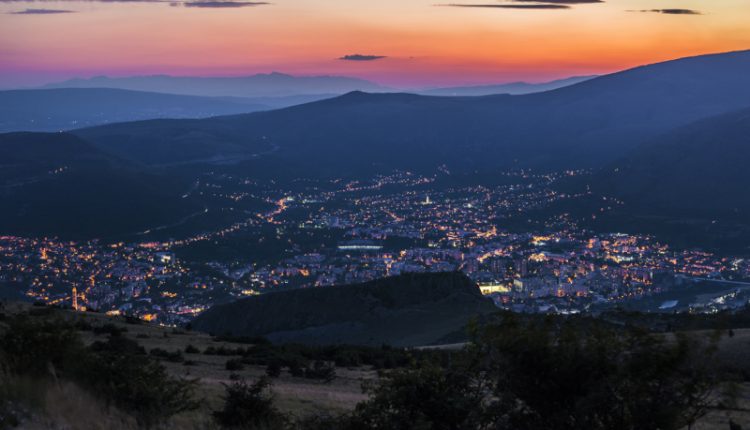
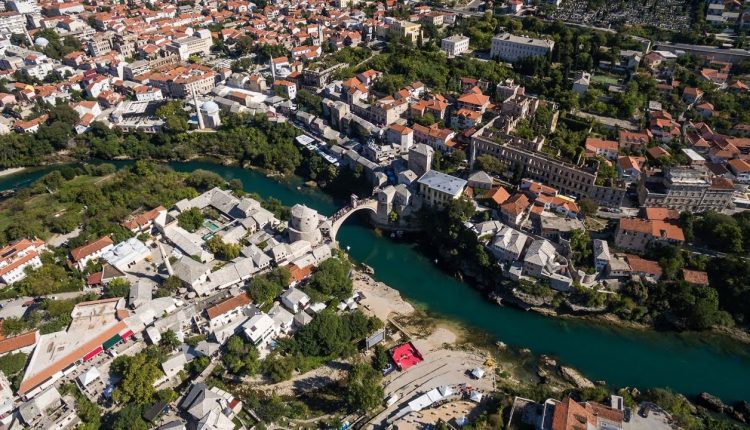

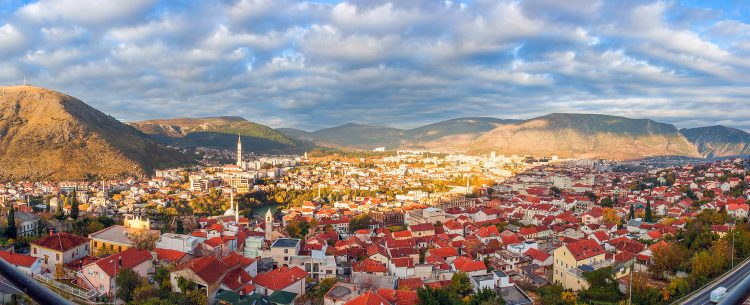
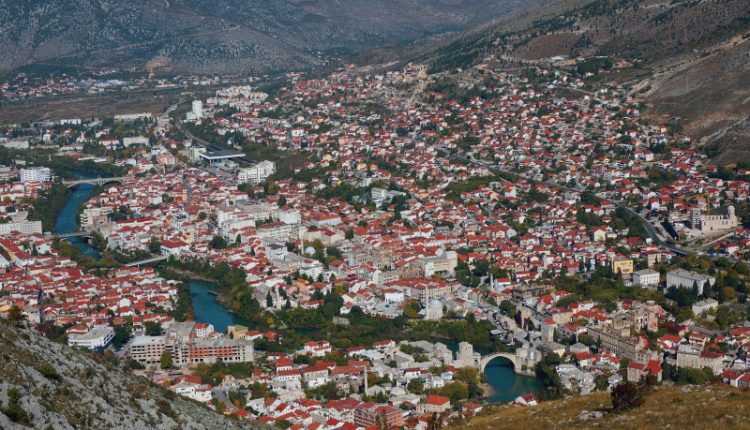


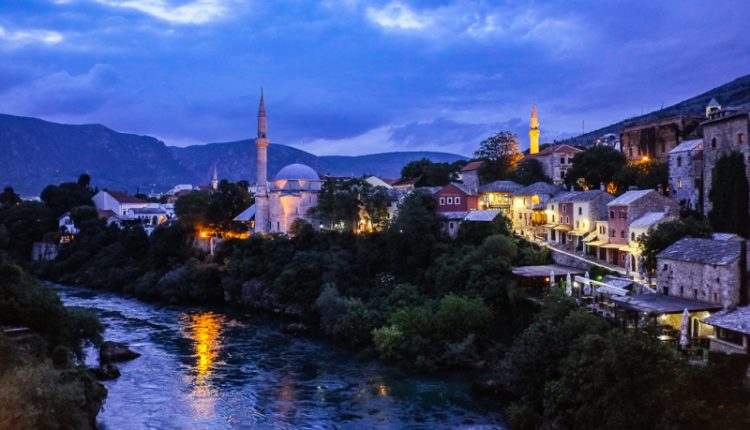

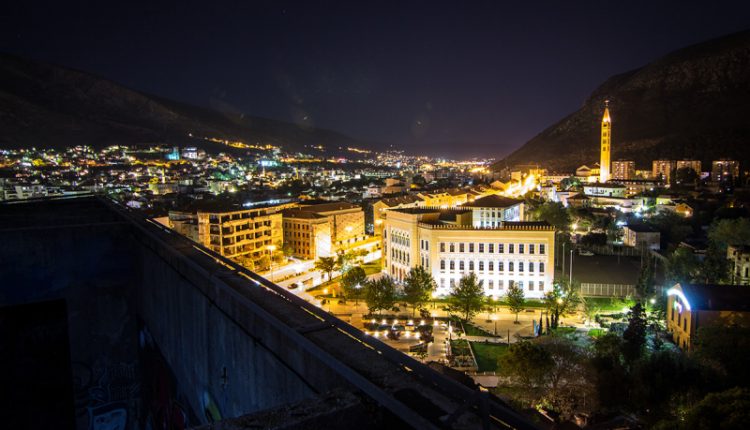
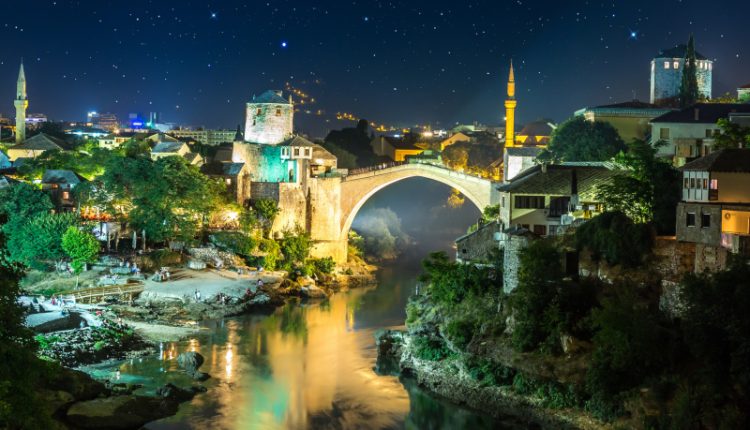

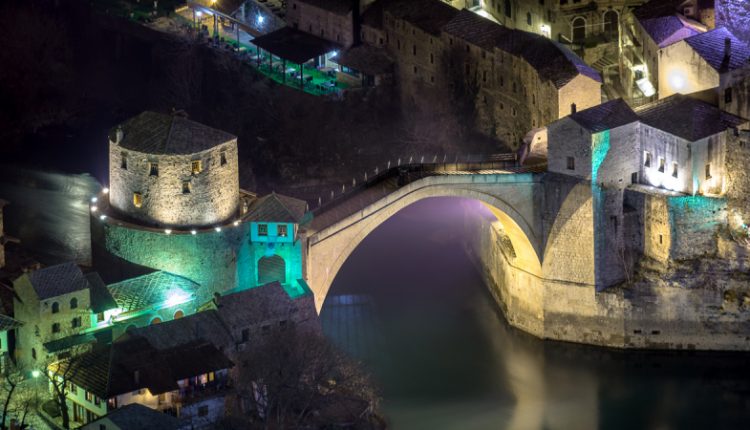
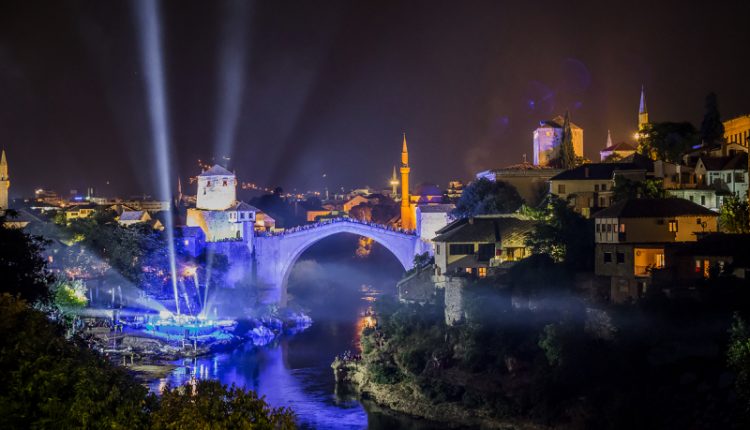
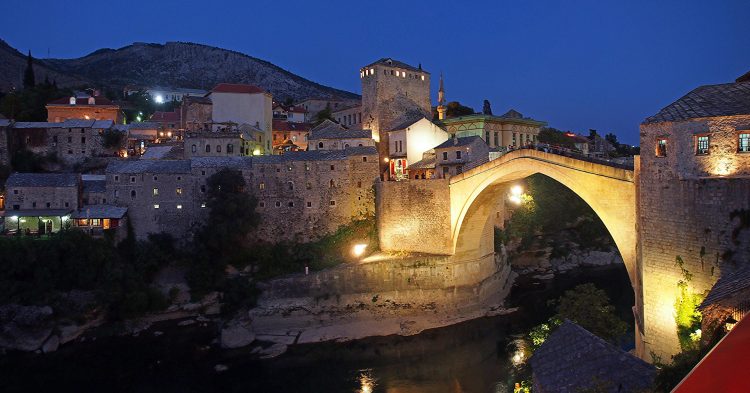
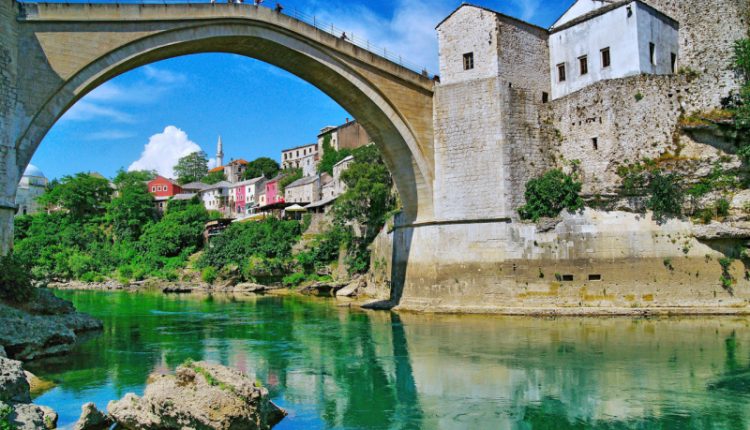
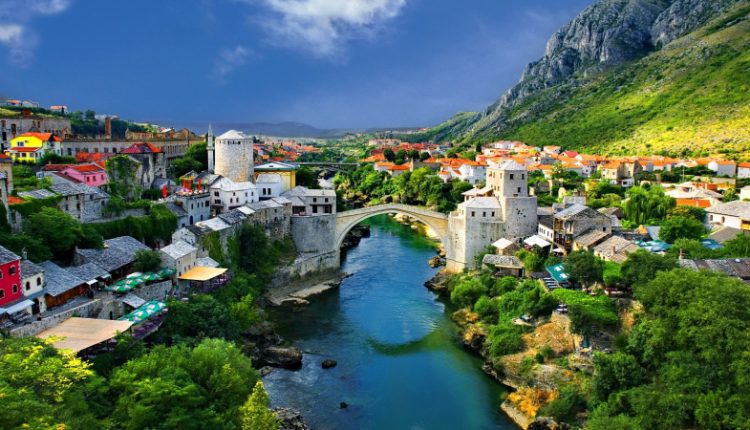

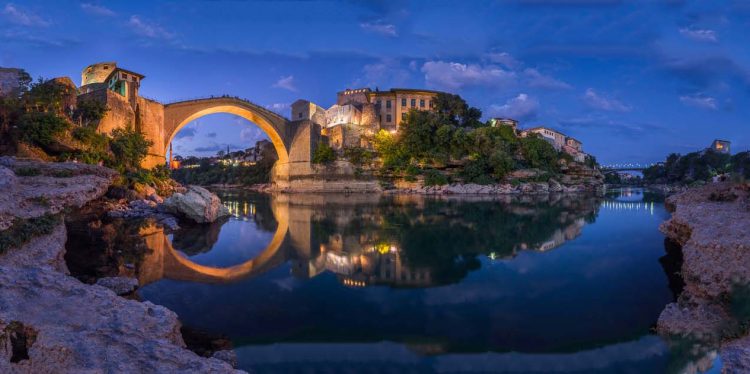
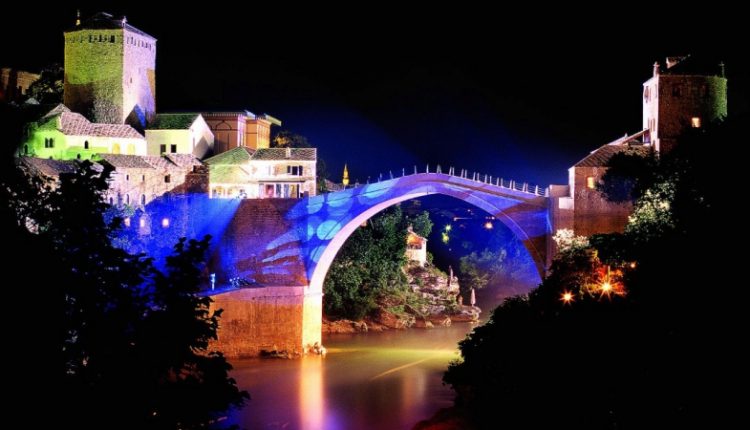

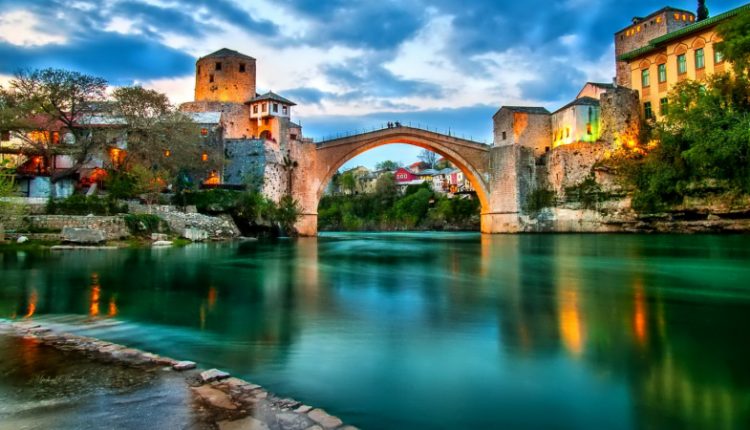
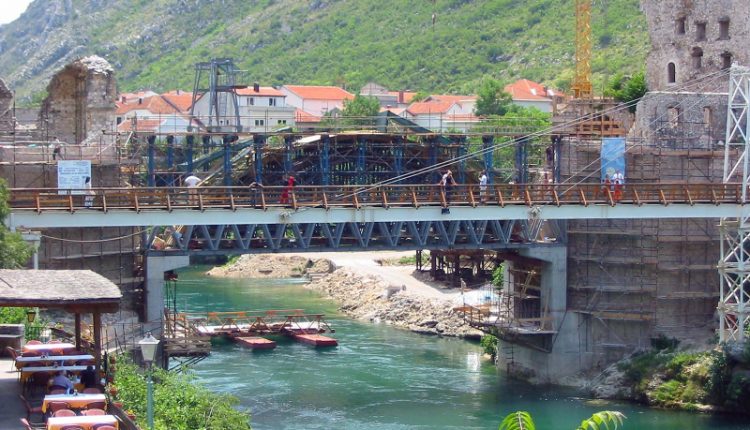
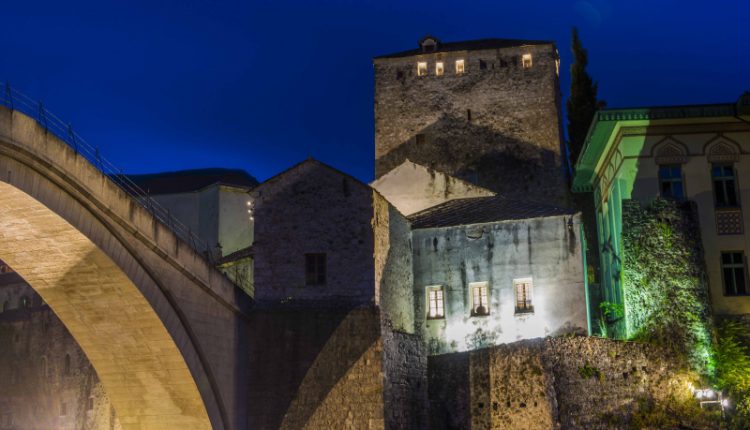
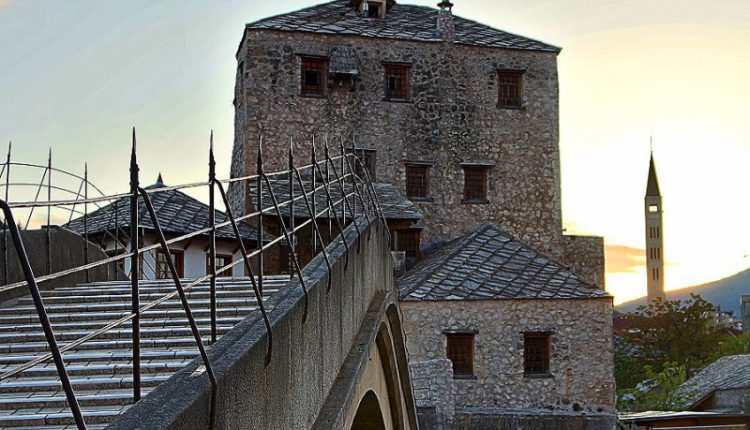

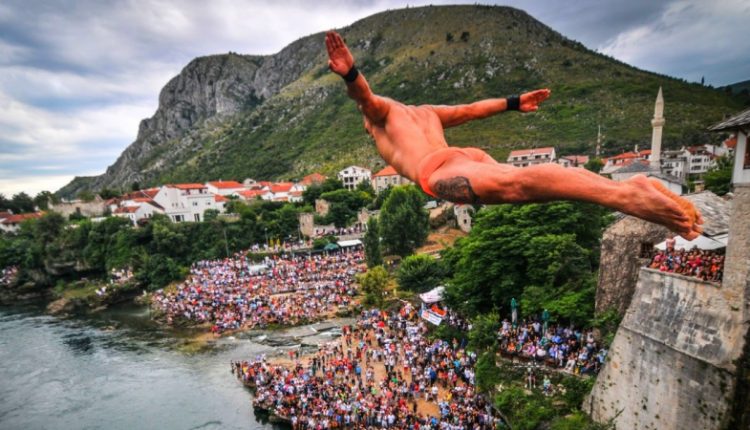

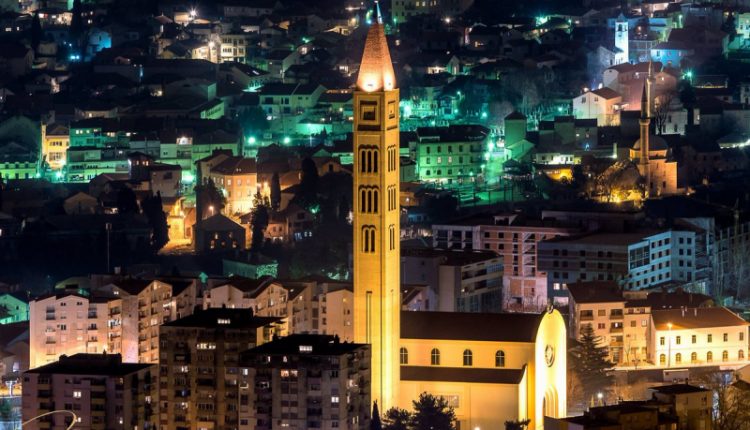
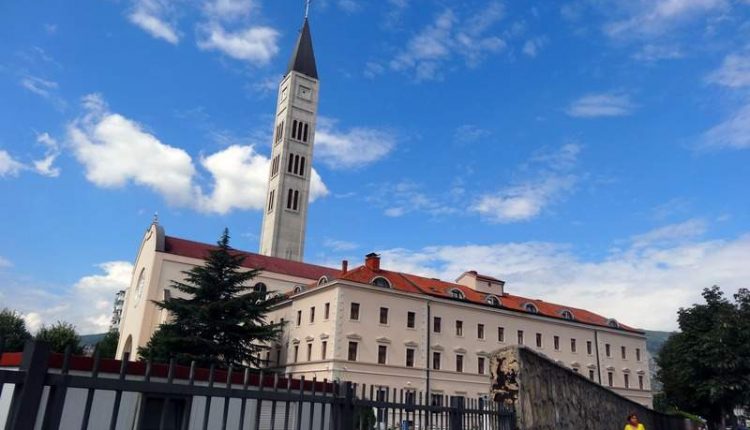

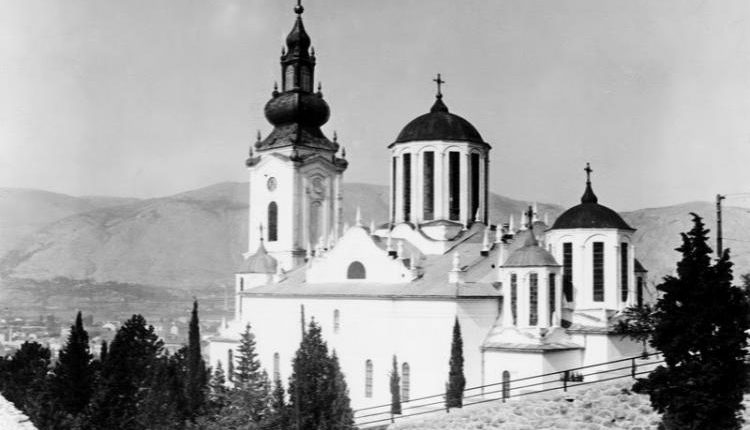
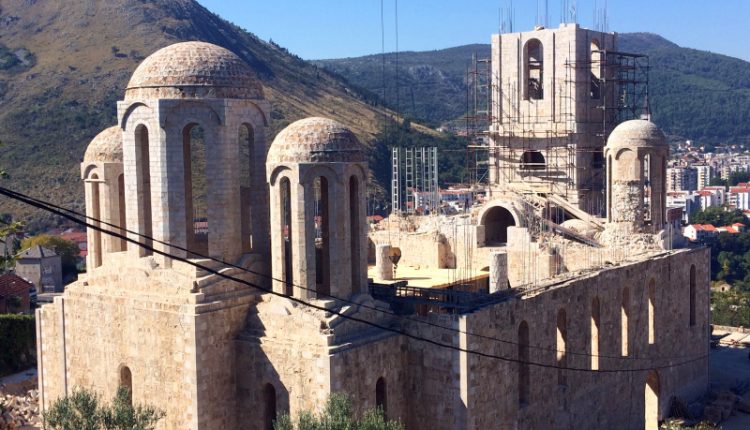
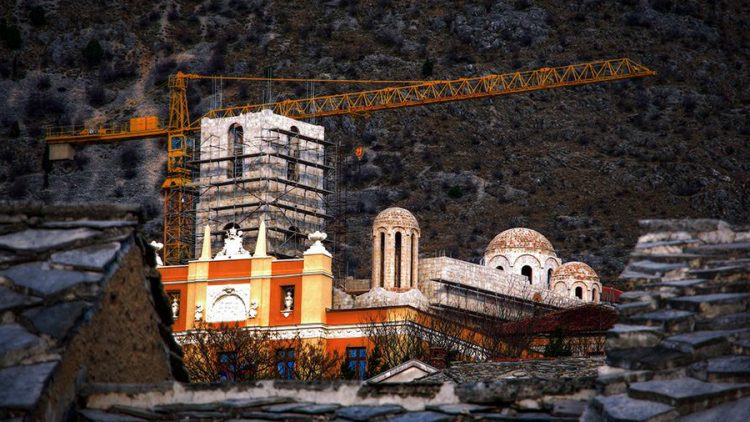
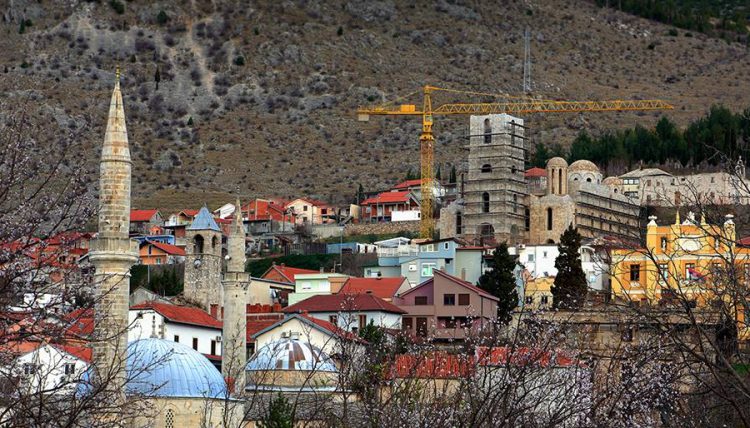
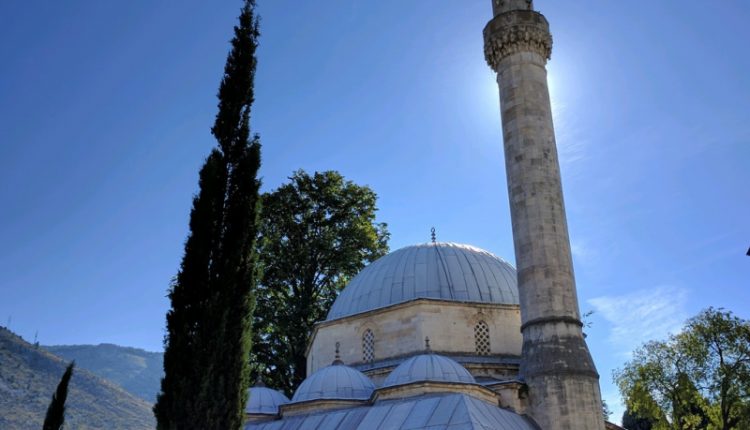

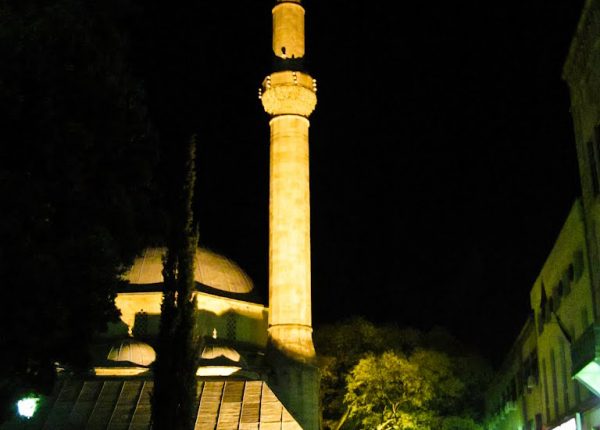
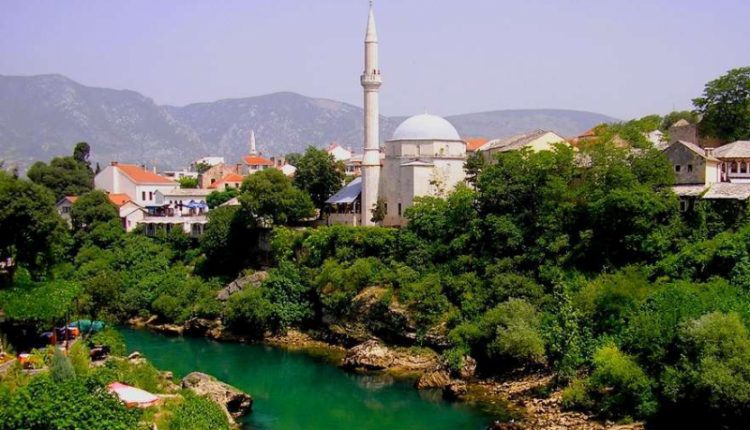
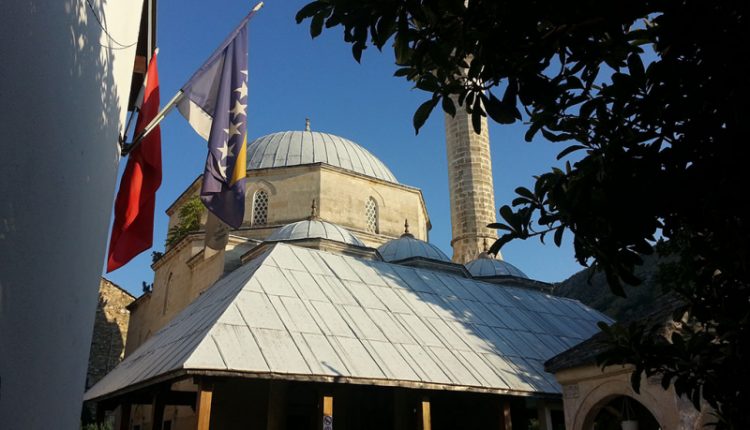

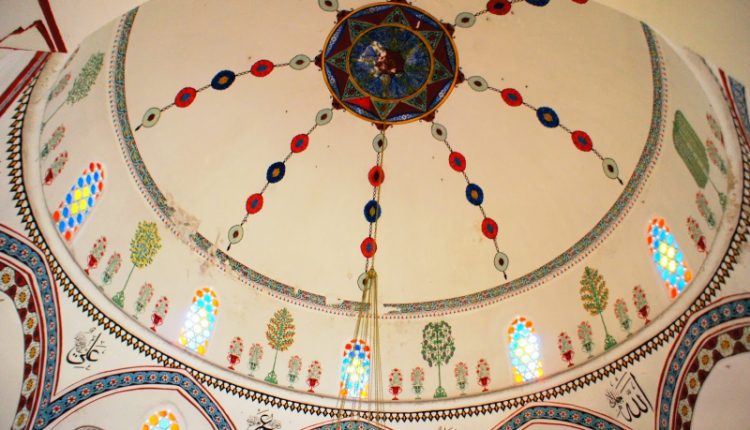

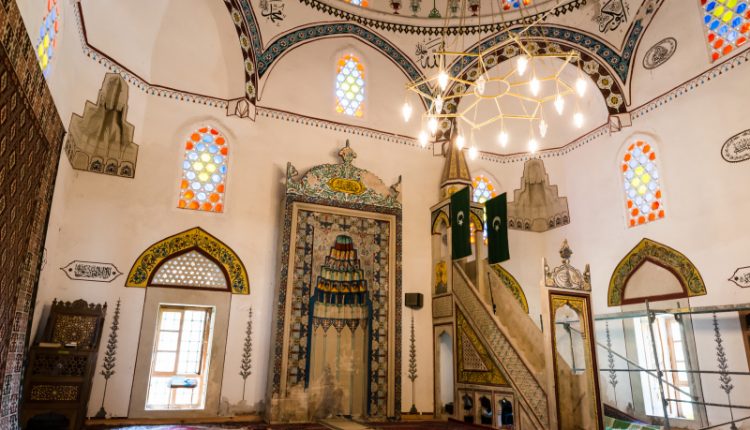
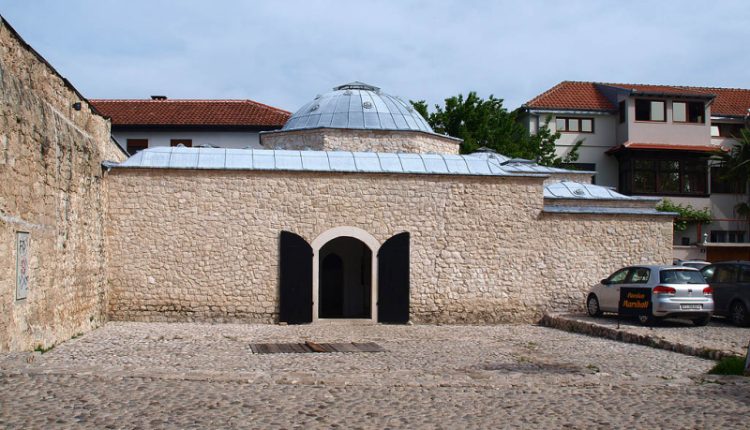
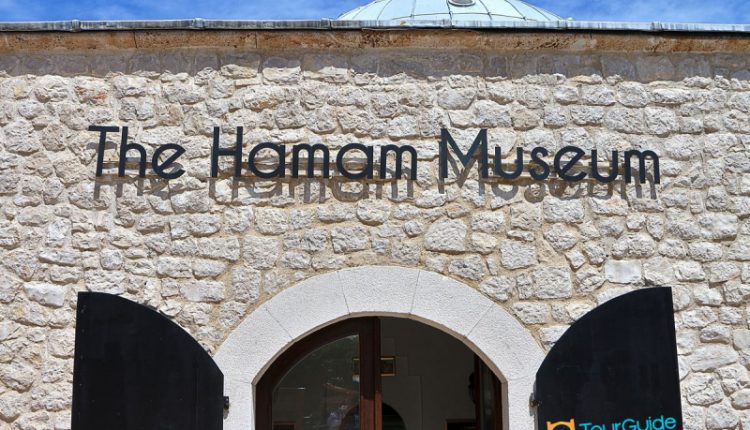
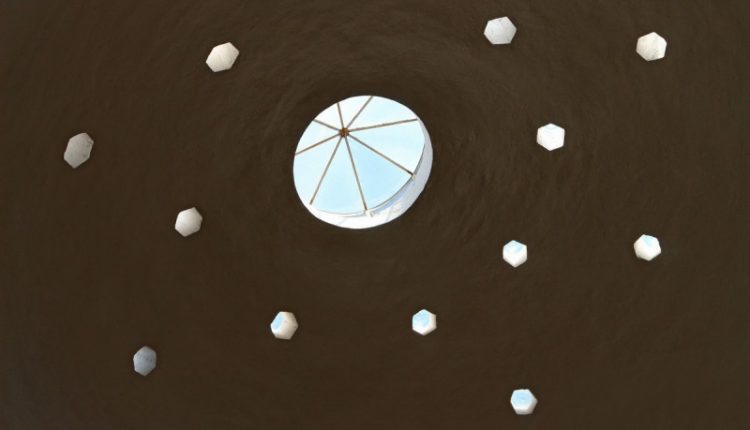
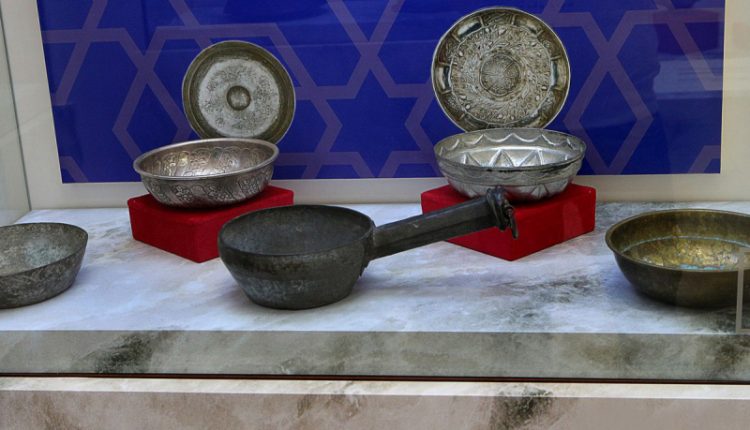
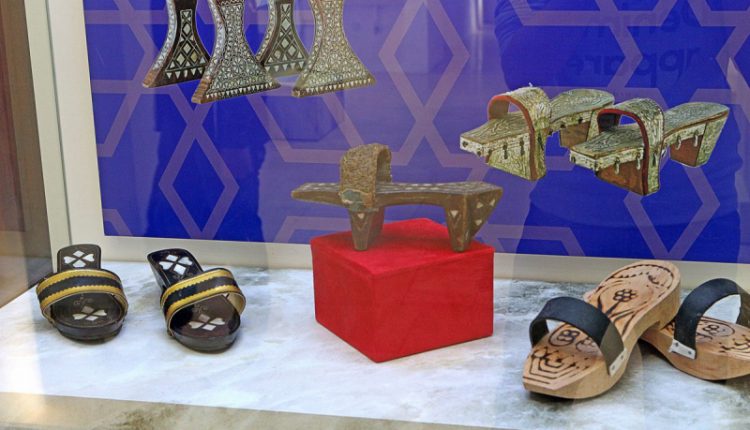
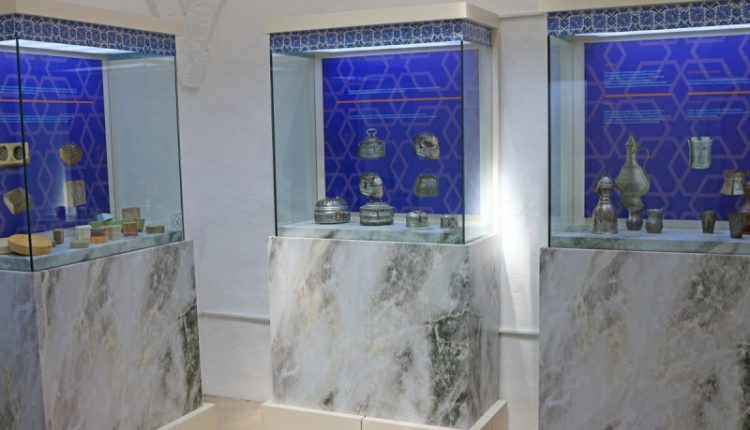
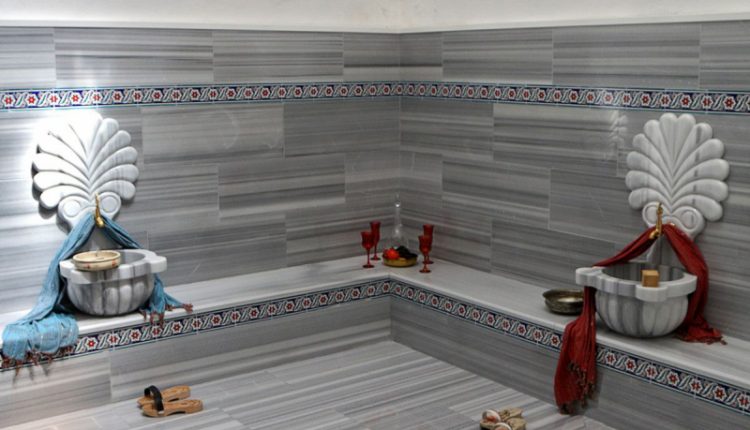
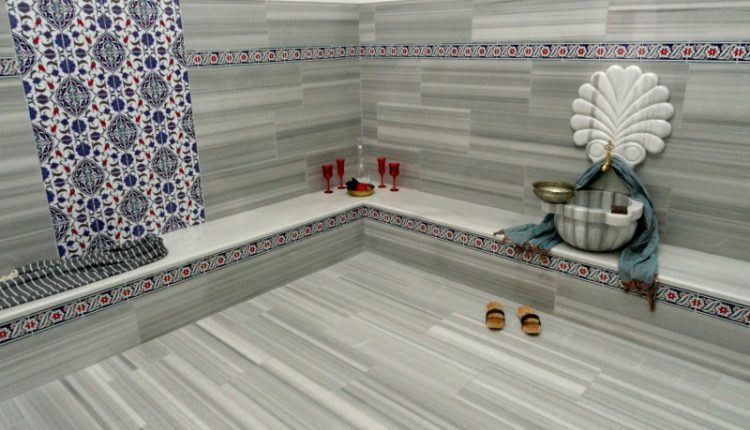


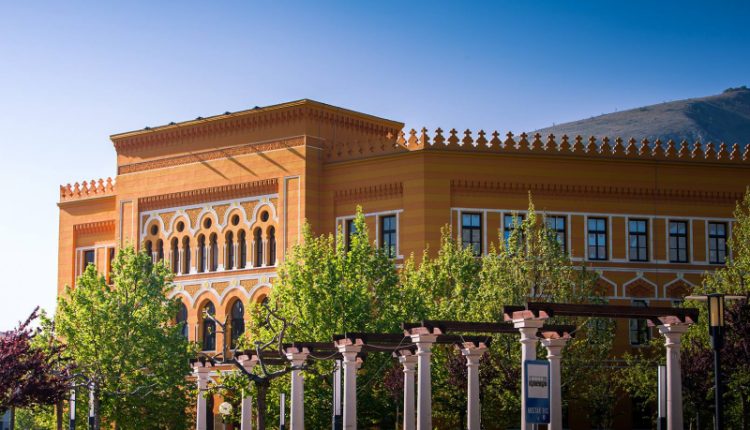
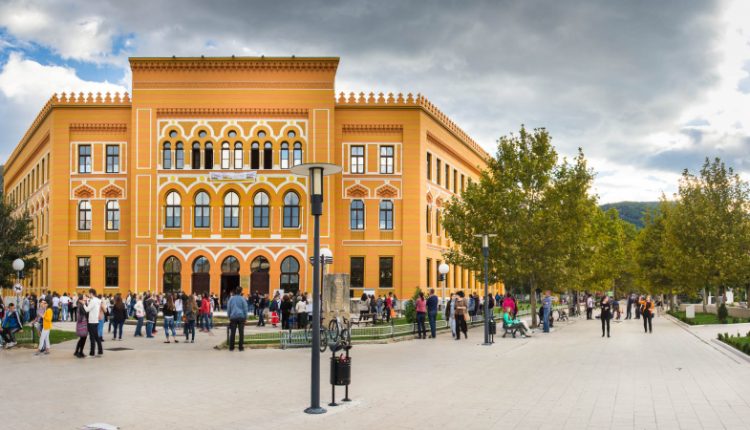

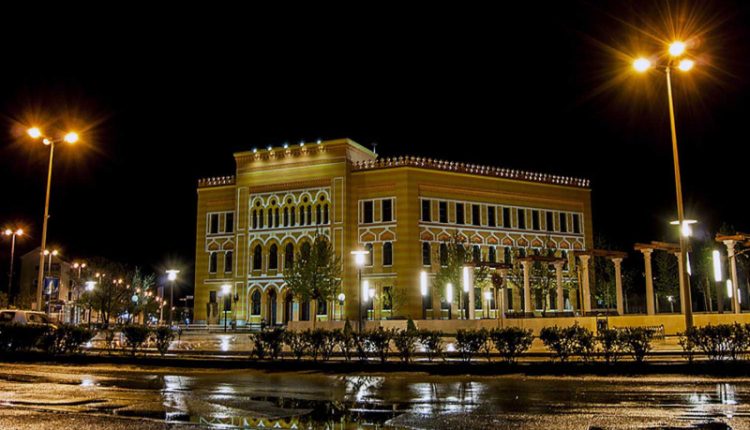
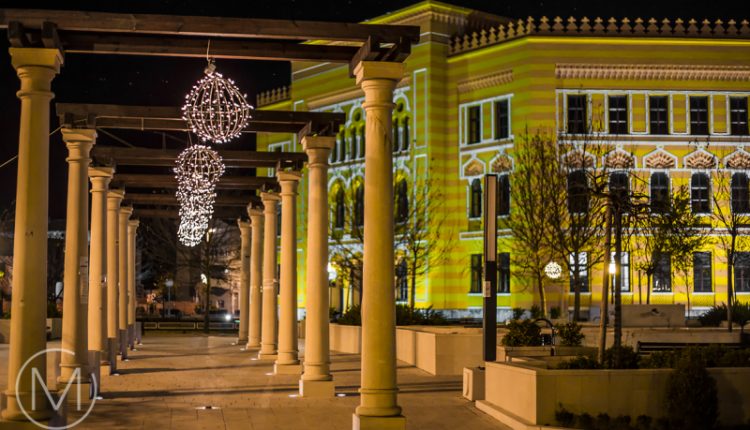


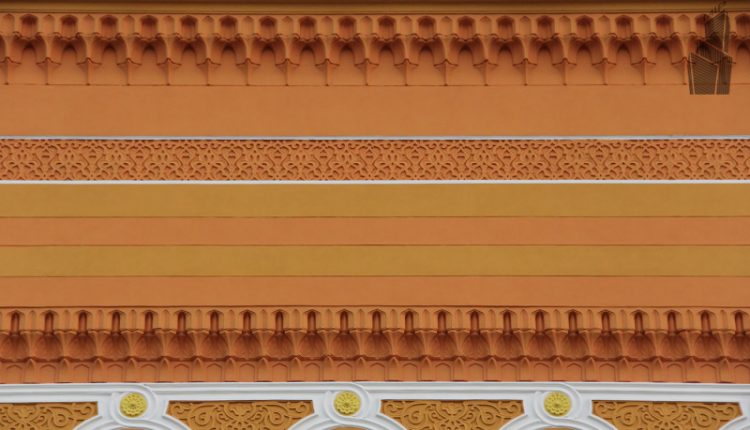

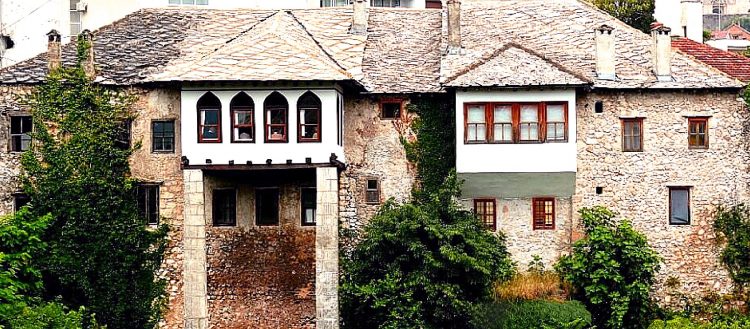
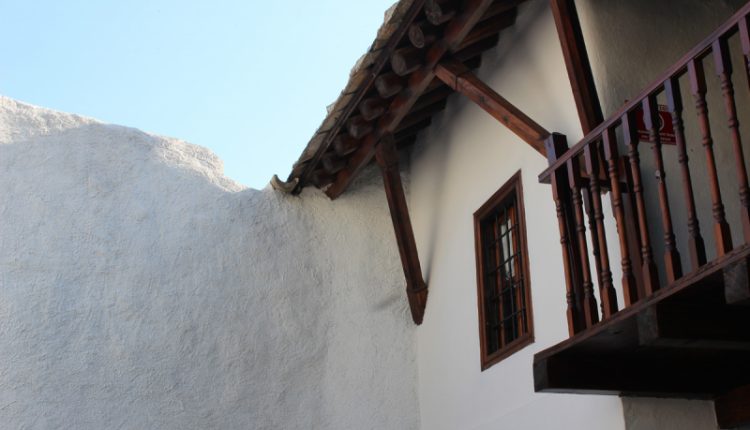


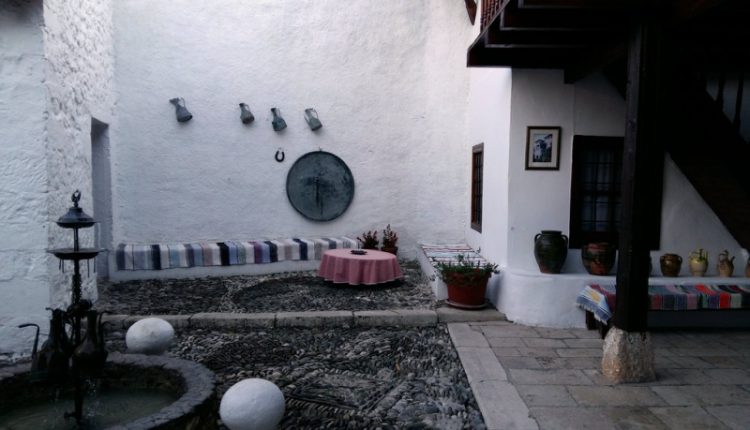
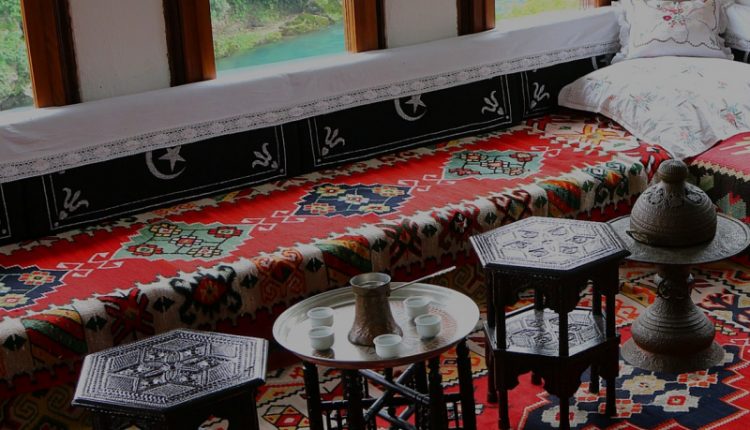
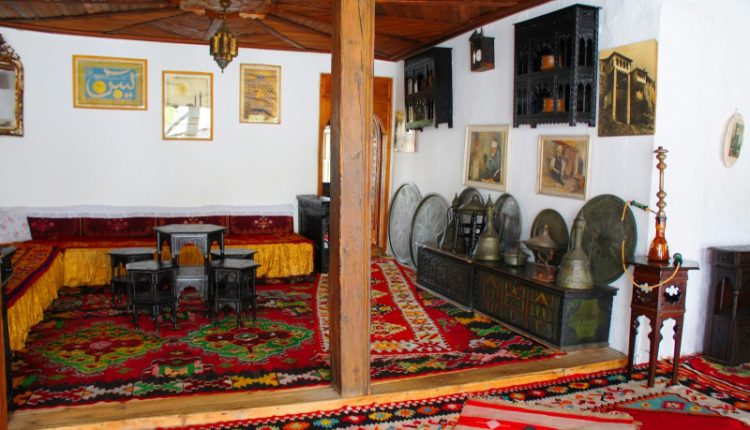
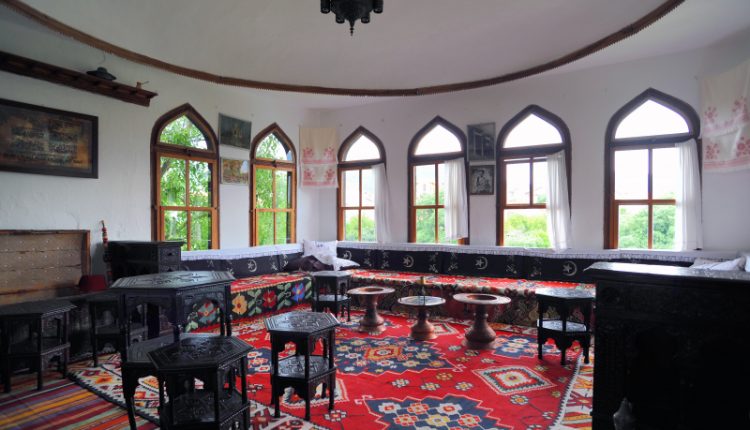
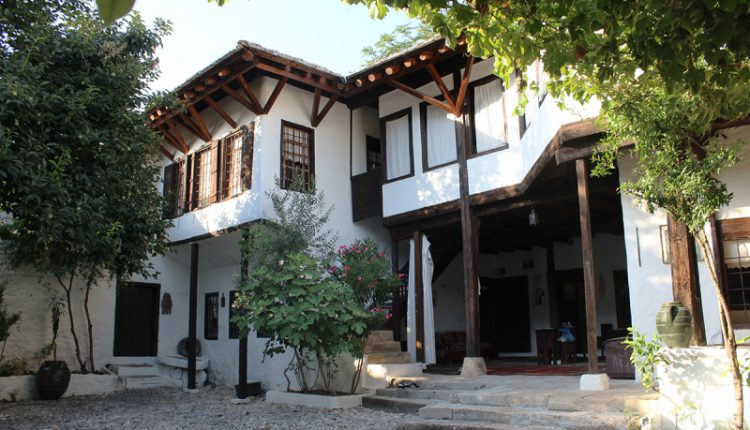
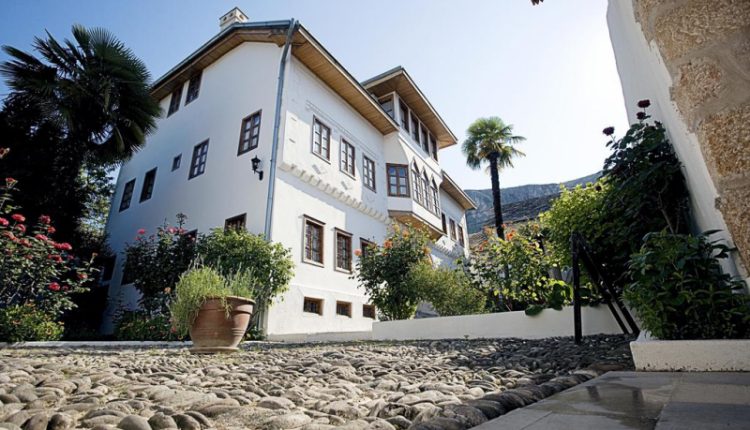

Comments are closed.